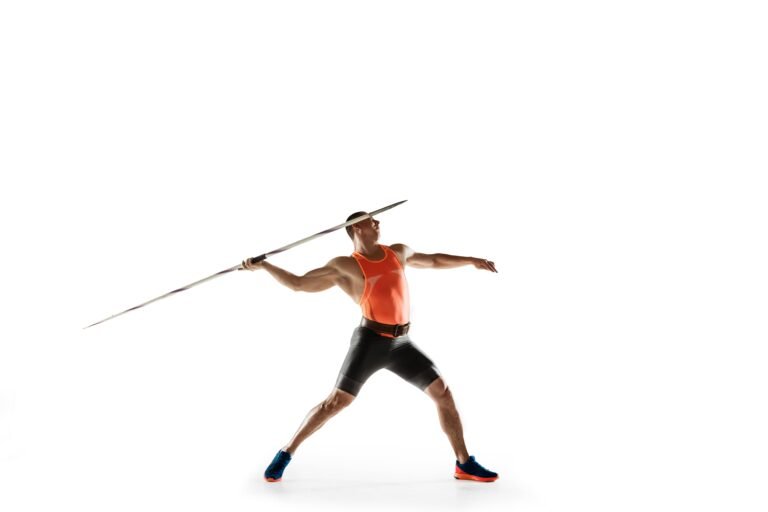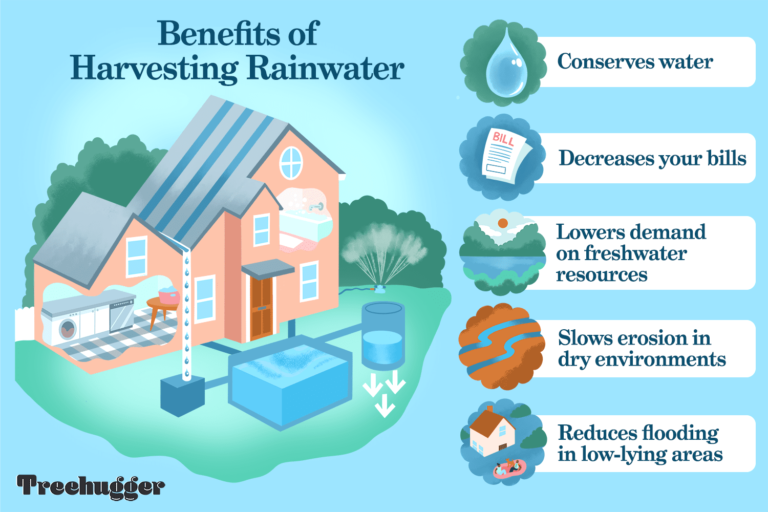August 7th is observed as National Javelin Day in India. The Athletics Federation of India, the governing body for athletics in the country, decided to celebrate August 7th as National Javelin Day to honour Neeraj Chopra’s historic gold medal at the Tokyo Olympics. It was on August 7 2021, that Chopra hurled javelin at a distance of 87.58m during the men’s Javelin Throw final of the Tokyo Games to win the gold medal. Chopra made history by winning India’s first-ever gold medal in Track and Field events at the Olympics. With his victory at Tokyo, he became the second individual gold medalist from India, following Abhinav Bindra’s gold-medal performance at the 2008 Beijing Games. “Alongside celebrating Neeraj’s achievement, the AFI will also use this initiative to promote the sport at the grassroots level,” AFI President Adille J. Sumariwalla stated while announcing August 7 as National Javelin Day.
Javelin competitors are more prone to shoulder and elbow injuries due to the mechanics of the throw. Rotator cuff tears, along with impingement and instability, can occur in the shoulder. The throwing motion creates a valgus force on the elbow, which can result in an injury to the UCL, commonly known as Javelin Elbow. Javelin throwers may also experience lumbar and ACL injuries due to the body’s position at the release point.
Javelin Thrower’s Elbow:
As the name implies, javelin thrower’s elbow is a type of elbow pain that javelin throwers are prone to developing due to the repetitive nature of the sport.
Over the time javelin throwing can cause inflammation of your muscles tendons and tissues in your forearm and elbow which causes pain.
Causes:
It is mostly caused by overuse.
Poor technique of throwing javelin with insufficient shoulder abduction (90-100 degrees): Rounded arm which causes strain on the medial collateral ligament. Over arm which can lead to roughening and new born formation at the tip of the olecranon or even might result in avulsion of the tip.
Direct trauma.
Signs and Symptoms:
Pain in your elbow or forearm.
Difficulty flexing your arm.
Swelling or tenderness around your elbow.
Pain that worsens with activity of the arm.
Swelling around the elbow joint, especially the medial aspect of the elbow joint.
Reduced range of motion at the elbow joint.
Tenderness along the medial aspect of the elbow.
Medial elbow pain.
Decreased power during throwing activities.
Early recognition of this injury can lead to better treatment outcomes and reduce the risk of permanent damage or ongoing functional disability..
Physical therapy treatments are drug-free, non-invasive, and highly effective. They address the root cause of the problem rather than merely masking the symptoms, as many traditional therapies do.
The range of treatments includes laser therapy, exercise therapy, shock wave therapy, and intrinsic core strengthening..
Laser therapy is a treatment that employs low-level lasers to reduce inflammation, enhance mobility, and alleviate pain. Laser therapy works by using light energy to stimulate the cells in your body, which aids in promoting healing.
Shockwave therapy is a treatment that utilizes high-intensity sound waves to reduce inflammation and alleviate pain. Intrinsic Core Strengthening For Javelin Thrower’s Elbow Core strengthening plays a crucial role in rehabilitation, and intrinsic core strengthening specifically enhances the strength and function of javelin throwers.
Preventing Throwers elbow:
Prevention involves enhancing both the strength and flexibility of the muscles and tendons.
Several preventative techniques can help avoid thrower’s elbow, including using braces and straps, modifying equipment, taking longer breaks, and learning new routines for repetitive activities.
However, don’t overlook basic injury prevention strategies such as warming up properly and applying a bit of old-fashioned common sense.
Even if you don’t currently have an elbow injury, the following suggestions will still be beneficial.
Fully rehabilitate an elbow injury before resuming activity.
Always start with a general warm-up, followed by a specific warm-up tailored to the activity, before training and especially before competition.
Ensure you cool down thoroughly after training and competition.
Incorporate a thorough strength training program for the shoulder and arm muscles.
Perform balance, agility, and proprioception drills to enhance stability in the shoulder and elbow. Decrease the frequency of, or cease entirely, any activities that aggravate the elbow.
Resting between training sessions or competitions allows the body to heal minor injuries and repair muscles, preparing them for the next round of activity. The most effective preventive measures include a consistent program to enhance the strength and flexibility of the shoulder and arm muscles. Improving flexibility significantly enhances the shoulder and arm muscles’ ability to resist strains and injuries.
To unlock your potential in sports rehabilitation, enroll in the Master’s of Physiotherapy in Sports at the Asian Institute of Public Health University, BBSR. For admissions, please contact us. (https://aiph.ac.in/)






